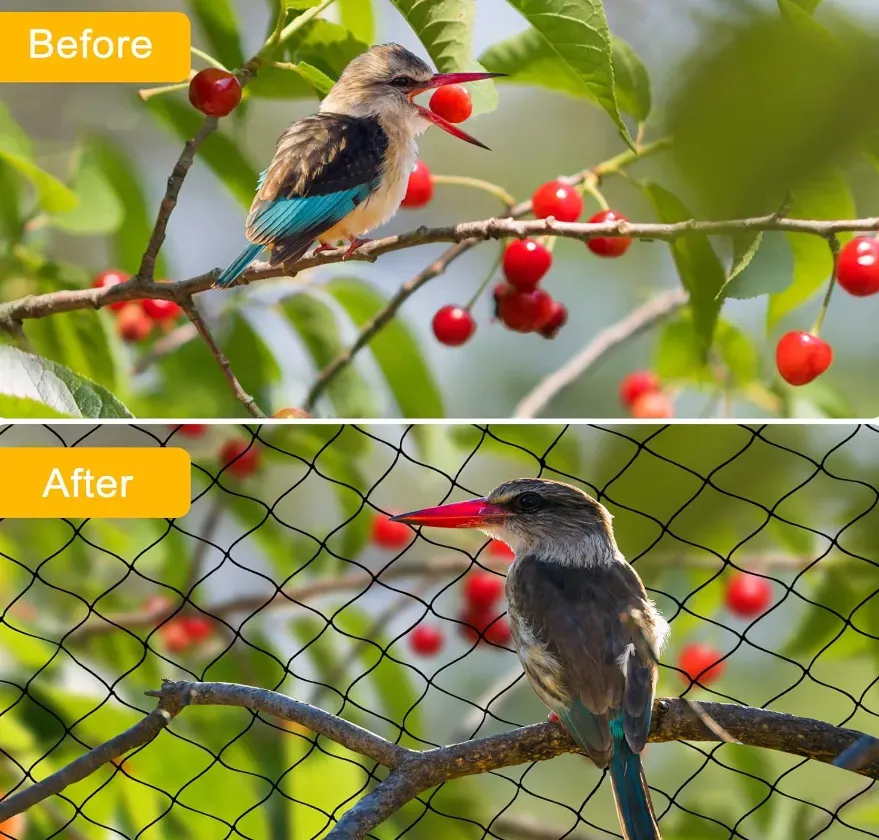-
 Afrika
Afrika -
 Albania
Albania -
 Amharic
Amharic -
 Arabic
Arabic -
 Armenian
Armenian -
 Azerbaijani
Azerbaijani -
 Basque
Basque -
 Belarusian
Belarusian -
 Bengali
Bengali -
 Asụsụ Bosnia
Asụsụ Bosnia -
 Bulgarian
Bulgarian -
 Catalan
Catalan -
 Cebuano
Cebuano -
 China
China -
 Corsican
Corsican -
 Asụsụ Croatia
Asụsụ Croatia -
 Czech
Czech -
 Danish
Danish -
 Dutch
Dutch -
 Bekee
Bekee -
 Esperanto
Esperanto -
 Estonia
Estonia -
 Asụsụ Finnish
Asụsụ Finnish -
 French
French -
 Onye Frisian
Onye Frisian -
 Onye Galisi
Onye Galisi -
 Asụsụ Georgian
Asụsụ Georgian -
 German
German -
 Grik
Grik -
 Gujarati
Gujarati -
 Haitian Creole
Haitian Creole -
 hausa
hausa -
 Hawaian
Hawaian -
 Hibru
Hibru -
 Mba
Mba -
 Miao
Miao -
 Asụsụ Hungarian
Asụsụ Hungarian -
 Aislandi
Aislandi -
 igbo
igbo -
 Asụsụ Indonesian
Asụsụ Indonesian -
 Irish
Irish -
 Ịtali
Ịtali -
 Japanese
Japanese -
 Asụsụ Javanị
Asụsụ Javanị -
 Kannada
Kannada -
 kazakh
kazakh -
 Khmer
Khmer -
 Onye Rwandan
Onye Rwandan -
 Korean
Korean -
 Kurdish
Kurdish -
 Kyrgyz
Kyrgyz -
 TB
TB -
 Latịn
Latịn -
 Latvia
Latvia -
 Lithuania
Lithuania -
 Luxembourgish
Luxembourgish -
 Masedonia
Masedonia -
 Malagasy
Malagasy -
 Malay
Malay -
 Malayalam
Malayalam -
 Malta
Malta -
 Maori
Maori -
 Marathi
Marathi -
 Mongolian
Mongolian -
 Myanmar
Myanmar -
 Nepali
Nepali -
 Norwegian
Norwegian -
 Norwegian
Norwegian -
 Occitan
Occitan -
 Pashto
Pashto -
 Asụsụ Persia
Asụsụ Persia -
 Polish
Polish -
 Portuguese
Portuguese -
 Punjabi
Punjabi -
 Romanian
Romanian -
 Russian
Russian -
 Samoan
Samoan -
 Scottish Gaelic
Scottish Gaelic -
 Asụsụ Serbian
Asụsụ Serbian -
 Bekee
Bekee -
 Shona
Shona -
 Sindhi
Sindhi -
 Sinhala
Sinhala -
 Slovak
Slovak -
 Slovenian
Slovenian -
 Somali
Somali -
 Spanish
Spanish -
 Asụsụ Sudan
Asụsụ Sudan -
 Swahili
Swahili -
 Swedish
Swedish -
 Tagalog
Tagalog -
 Tajik
Tajik -
 Tamil
Tamil -
 Tatar
Tatar -
 Telugu
Telugu -
 Thai
Thai -
 Turkish
Turkish -
 Turkmen
Turkmen -
 onye Ukraine
onye Ukraine -
 Urdu
Urdu -
 Uighur
Uighur -
 Uzbek
Uzbek -
 Vietnamese
Vietnamese -
 Welsh
Welsh -
 Enyemaka
Enyemaka -
 Yiddish
Yiddish -
 Yoruba
Yoruba -
 Zulu
Zulu
Understand the Anti Bird Netting
Bird net is a net structure made of polyethylene, polypropylene or other durable materials, which is designed to prevent birds from entering specific areas. Its main function is to avoid direct contact between birds and crops through physical barriers, thus protecting crops or other target resources.

Working Principle of Bird Proof Net
The principle of ụgbụ nnụnụ is to reduce the visual attraction of birds to the target area and limit their physical contact by setting a transparent or translucent barrier. When covering farmland, orchards or fish ponds, ụgbụ nnụnụs can not only reduce bird pecking, but also avoid other hazards caused by birds entering by mistake.
Types of Bird Nets
According to the use of different scenes and materials, anti-bird nets can be divided into the following categories:
-
Classification by material
Plastic mesh: made of polyethylene or polypropylene, it is light and corrosion-resistant, and suitable for large-area coverage.
Metal mesh: it is usually made of galvanized iron wire or stainless steel wire, which has high strength and is suitable for long-term use, but the cost is high.
Fiber net: made of nylon or other synthetic fibers, it has strong flexibility and is suitable for temporary protection.
-
Classification by purpose
Orchard ụgbụ nnụnụ: specially designed to protect fruit trees, usually covering the whole tree or orchard to prevent birds from pecking at the fruit.
Aquaculture ụgbụ nnụnụ: installed above the fish pond to prevent birds from preying on fry or adult fish.
Farmland ụgbụ nnụnụ: used to protect seeds, seedlings or specific crops and prevent birds from pecking.
Building ụgbụ nnụnụ: installed on the surface or gap of the building to prevent birds from nesting or staying.
-
Classification by structure
Single-layer network: suitable for small areas or short-term use.
Multi-layer net: suitable for large farms or high-value crops, with better protection effect.
Uru nke Nnụnụ ịkpa nkata
-
Efficient protection
The direct physical barrier function of ụgbụ nnụnụ can significantly reduce the damage of birds to crops and effectively protect farmers' economic interests.
-
Environmental protection and safety
Compared with chemical repellent, ụgbụ nnụnụ is an environmentally friendly and harmless solution, which will not pollute birds or the environment.
-
Durable economy
High-quality ụgbụ nnụnụ has a long service life. Although the initial investment is high, long-term use can significantly reduce the maintenance cost.
-
Simple operation
The installation and maintenance of ụgbụ nnụnụ is relatively simple, and even inexperienced users can get started quickly.
Ecological Value of Bird Proof Net
In addition to economic benefits, the ecological significance of ụgbụ nnụnụ can not be ignored:
Reduce the use of chemical bird repellent: help to maintain the health of the ecosystem.
Protection of endangered birds: Through reasonable planning of protective measures, birds can be prevented from being poisoned or killed by eating crops by mistake.
Maintaining biodiversity: While reducing agricultural losses, ụgbụ nnụnụs can also guide bird activities and form a new ecological balance.
As a simple and efficient agricultural protection tool, ụgbụ nnụnụ plays an important role in modern agriculture. It can not only help farmers significantly reduce losses, but also provide support for ecological protection. However, how to balance economic benefits and ecological protection needs still needs the joint efforts of agricultural practitioners and ecologists. In the future, with the continuous development of technology, anti-bird nets are expected to be more widely used and create more value for agricultural production and environmental protection.
-
Shipping Plastic Bags for Every NeedAkụkọJul.24,2025
-
Safety Netting: Your Shield in ConstructionAkụkọJul.24,2025
-
Plastic Mesh Netting for Everyday UseAkụkọJul.24,2025
-
Nylon Netting for Every UseAkụkọJul.24,2025
-
Mesh Breeder Box for Fish TanksAkụkọJul.24,2025
-
Expanded Steel Mesh Offers Durable VersatilityAkụkọJul.24,2025











